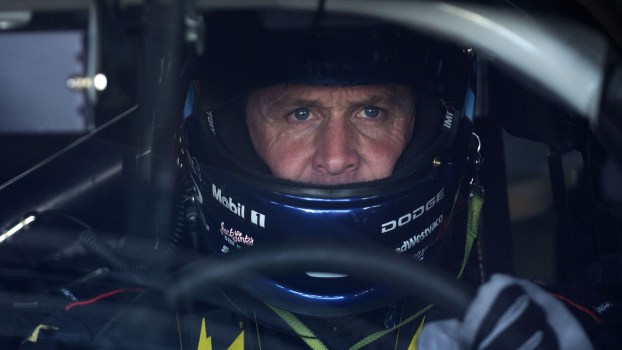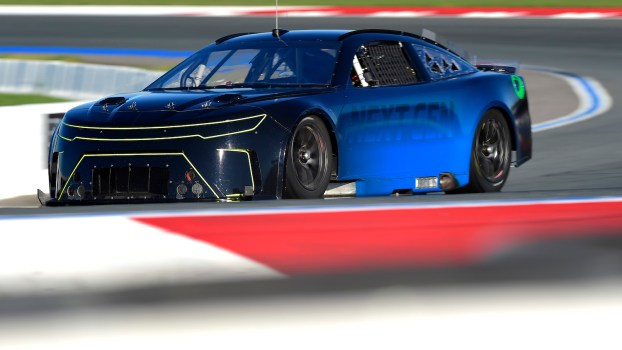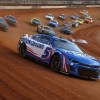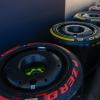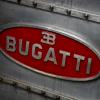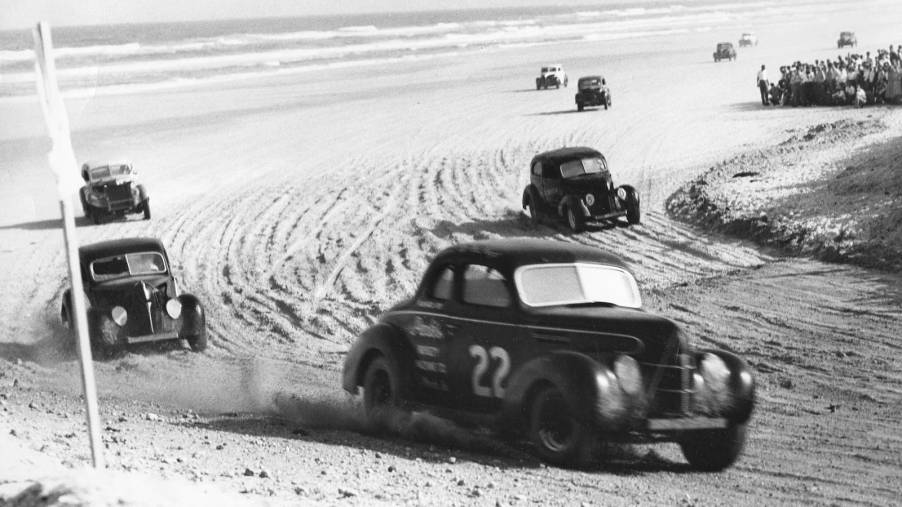
76 Years Ago a Florida Man on Daytona Beach Said ‘Hold My Beer and Watch This,’ and NASCAR’s Still Going Strong Today
In February, 1948, 14,000 folks gathered on Daytona Beach to watch the first ever NASCAR race. But NASCAR truly began a few months earlier, at the Ebony Bar just up the street.
In 1934, William “Big Bill” France Sr. decided Washington D.C. winters were too cold, so he loaded up his family and drove south. They broke down in Daytona Beach, and Daytona Beach is where they stayed. Big Bill was a motor-head who had raced cars on early wood tracks up north. As luck would have it, Daytona Beach was one of the speed record world capitals, with drag races held directly on the sand, often to settle bar bets between locals and beach-goers.
Big Bill opened a gas station and service center in Daytona, and by 1936 he had a race car ready to run on the beach. But the speed runs had been getting too fast for the short beach. So Daytona decided to establish a road course, with the racers running up the beach, completing a hairpin turn, then racing back down Atlantic Avenue. But it didn’t work.
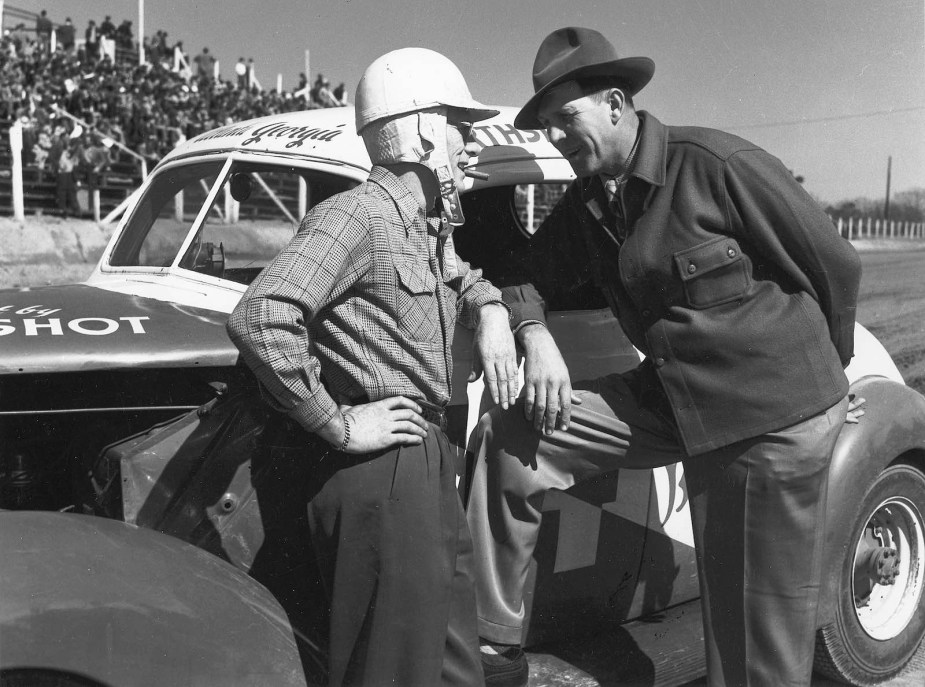
The sand at all the hairpins gave out; all but ten cars sank in up to their axles and got stuck. Most of Daytona Beach agreed the town’s racing days were behind it. But not Big Bill.
Bill convinced his favorite bar owner to put up the money for one more race. Then he trucked in enough clay to firm up the track’s two hairpin corners. The 1938 race was a roaring success. France finished in second place and won $145. As importantly, the race made a $200 profit. Things were looking up for racing in Daytona.
But then WWII broke out and motorsports were put on hold for years. During the war, Bill’s original sponsor died. By the time racing resumed, Big Bill decided his driving days were over. He focused on promoting instead.
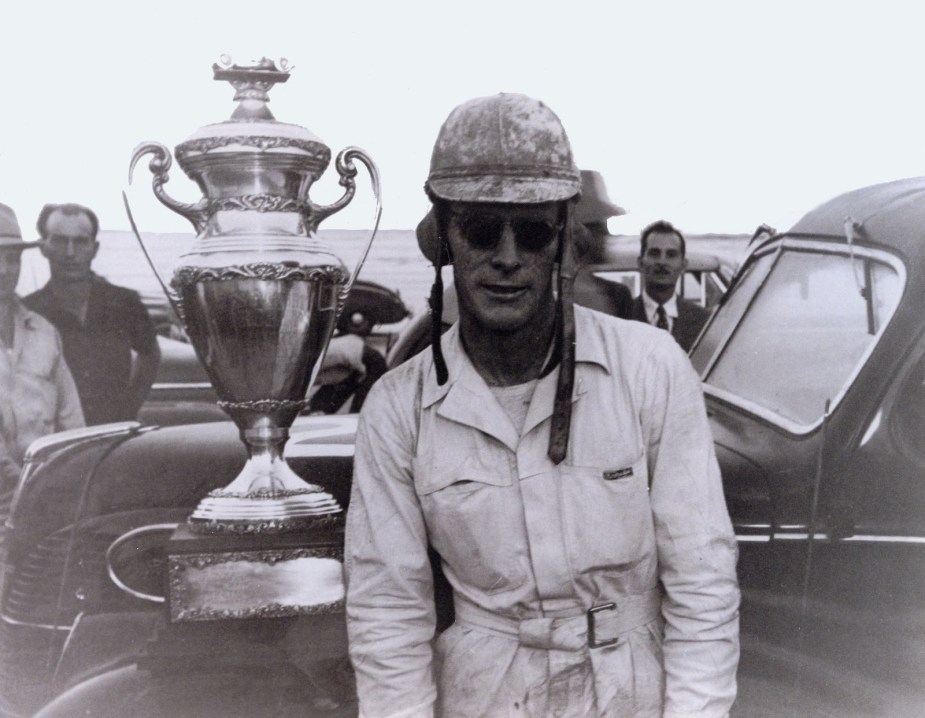
For the 1947 season, Big Bill organized a series of races in multiple states. Everywhere he went, he found that the smaller events were in need of reliable promoters (who actually paid drives as promised), and a national ranking system. So that winter, he invited every racer and event organizer he knew to the Ebony Bar in Daytona.
It was at the bar that they debated several acronyms. A mechanic nicknamed “Red” (Red Vogt, to be specific) had the idea to swap around some letters to get NASCAR (National Association for Stock Car Auto Racing). Because, you know, it ends in “CAR.”
Vogt worked for driver Robert “Red” Byron (I’m sensing a theme), who agreed to compete in the first season. Lucky for Big Bill, because Red (Byron), proved to be one of the most successful early drivers. He won the first season and he also won the inaugural race on Daytona Beach.
After Daytona, NASCAR kicked off its “strictly stock” race series at the Charlotte Fairgrounds Speedway, and its first full season. But it all began at a bar on a Florida beach.
Next, learn why the rowdy first automobile race (1894) puts modern motorsports to shame, or learn more about the history of NASCAR in the video below:
